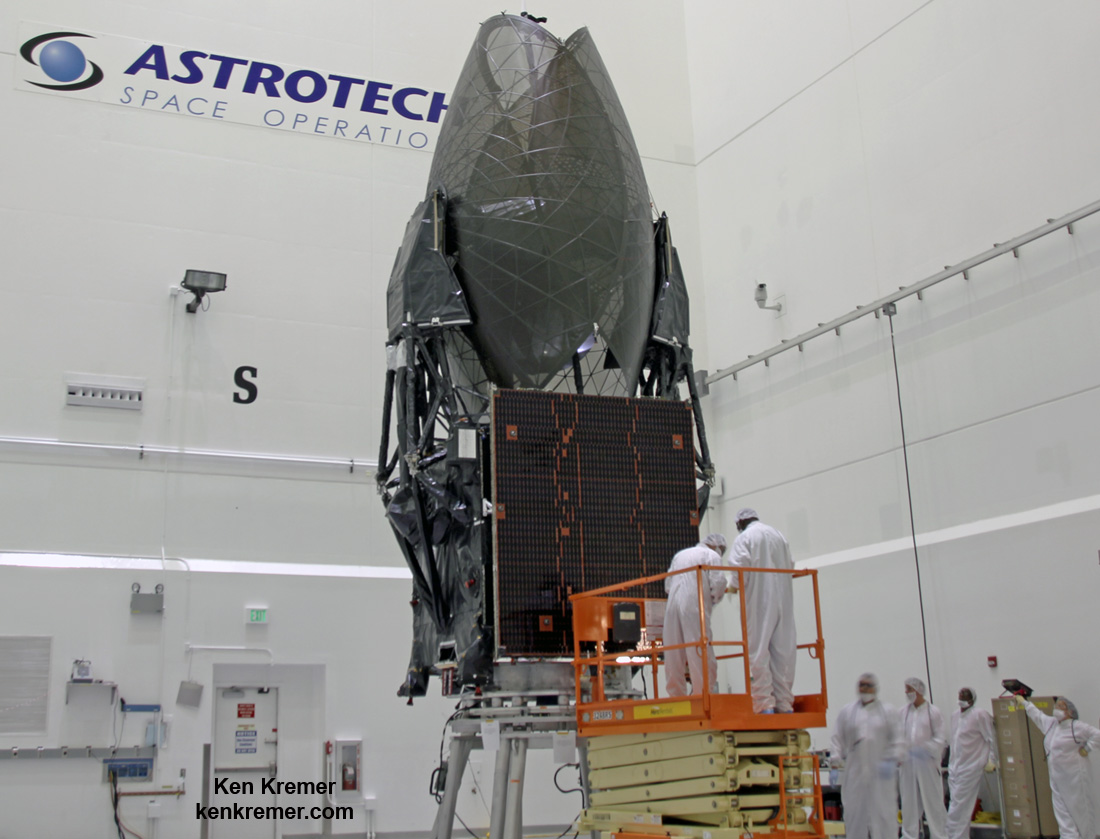
ASTROTECH SPACE OPERATIONS/KENNEDY SPACE CENTER, FL – The last of NASA’s next generation Tracking and Data Relay Satellites (TRDS) designed to relay critical science data and research observations gathered by the International Space Station (ISS), Hubble and dozens of Earth-orbiting Earth science missions is undergoing final prelaunch clean room preparations on the Florida Space Coast while targeting an early August launch – even as the agency reviews the scheduling impact of a weekend “closeout incident” that “damaged” a key component.
Liftoff of NASA’s $408 million eerily insectoid-looking TDRS-M science relay comsat atop a United Launch Alliance (ULA) Atlas V rocket currently scheduled for August 3 may be in doubt following a July 14 work related incident causing damage to the satellite’s Omni S-band antenna while inside the Astrotech Space Operations facility in Titusville, Florida.
“The satellite’s Omni S-band antenna was damaged during final spacecraft closeout activities,” NASA said in an updated status statement provided to Universe Today earlier today, July 16. NASA did not provide any further details when asked.
Everything had been perfectly on track as of Thursday, July 13 as Universe Today participated in an up close media tour and briefing about the massive probe inside the clean room processing facility at Astrotech Space Operations in Titusville, Fl.
On July 13, technicians were busily working to complete final spacecraft processing activities before its encapsulation inside the nose cone of the ULA Atlas V rocket she will ride to space, planned for the next day on July 14. The satellite and pair of payload fairings were stacked in separate high bays at Astrotech on July 13.
Alas the unspecified “damage” to the TDRS-M Omni S-band antenna unfortunately took place on July 14.
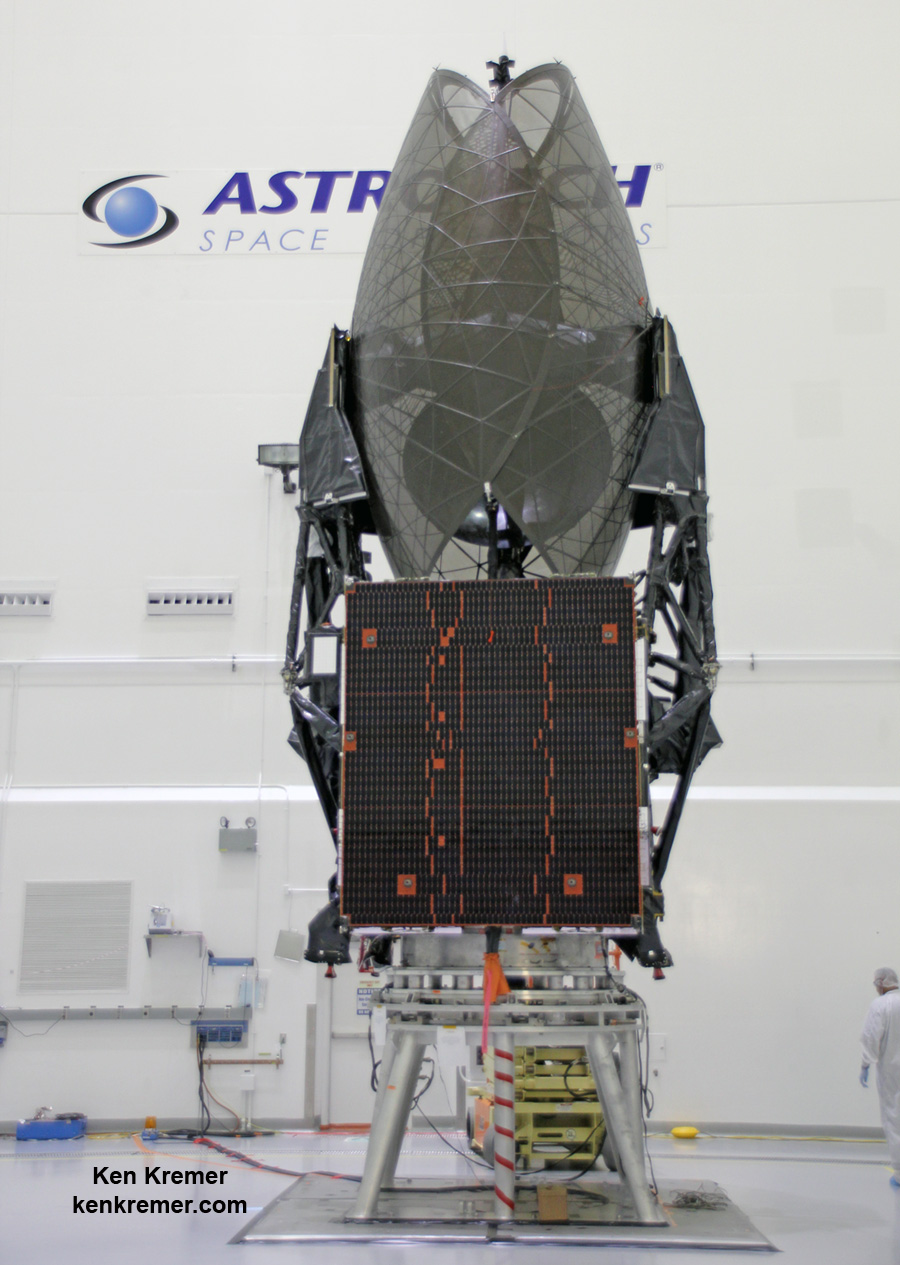
TDRS-M was built by Boeing and engineers are now analyzing the damage in a team effort with NASA. However it’s not known exactly during which closeout activity or by whom the damage occurred.
ULA CEO Tory Bruno tweeted that his company is not responsible and referred all questions to NASA. This may indicate that the antennae was not damaged during the encapsulation procedures inside the ULA payload fairing halves.
“NASA and Boeing are reviewing an incident that occurred with the Tracking and Data Relay Satellite (TDRS-M) on July 14 at Astrotech Space Operations in Titusville, Florida. The satellite’s Omni S-band antenna was damaged during final spacecraft closeout activities” stated NASA.
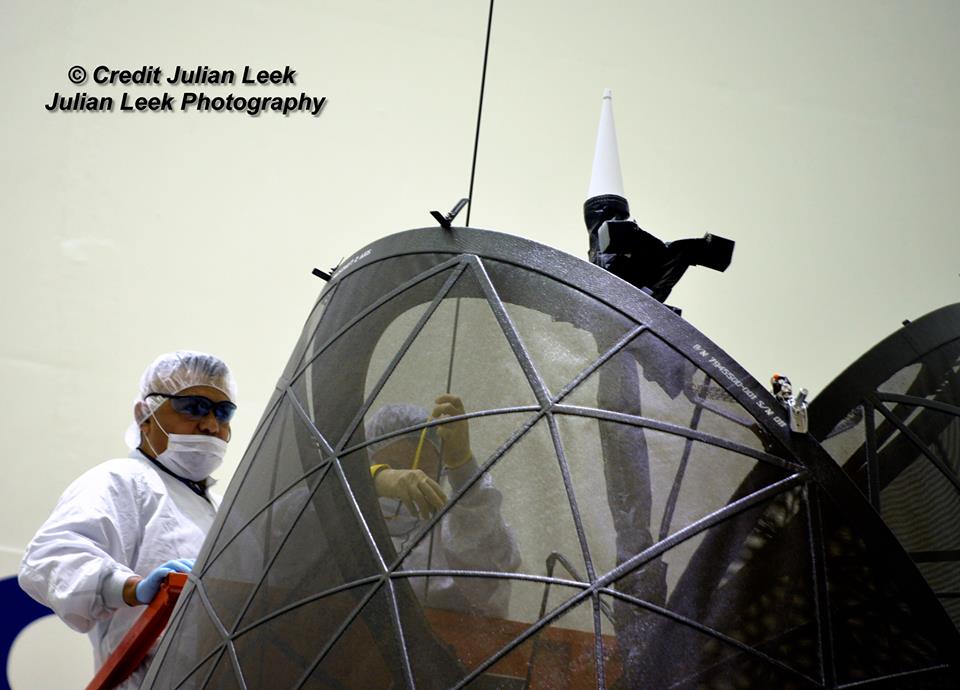
TDRS-M looks like a giant insect – or a fish depending on your point of view. It was folded into flight configuration for encapsulation in the clean room and the huge pair of single access antennas resembled a cocoon or a cicada. The 15 foot diameter single access antennas are large parabolic-style antennas and are mechanically steerable.
What does TDRS do? Why is it important? How does it operate?
“The existing Space Network of satellites like TDRS provide constant communications from other NASA satellites like the ISS or Earth observing satellites like Aura, Aqua, Landsat that have high bandwidth data that needs to be transmitted to the ground,” TDRS Deputy Project Manager Robert Buchanan explained to Universe Today during an interview in the Astrotech clean room.
“TRDS tracks those satellites using antennas that articulate. Those user satellites send the data to TDRS, like TDRS-M we see here and nine other TDRS satellites on orbit now tracking those satellites.”
“That data acquired is then transmitted to a ground station complex at White Sands, New Mexico. Then the data is sent to wherever those user satellites want the data to be sent is needed, such as a science data ops center or analysis center.”
Once launched and deployed in space they will “take about 30 to 40 days to fully unfurl,” Buchanan told me in the Astrotech clean room.
Astrotech is located just a few miles down the road from NASA’s Kennedy Space Center and the KSC Visitor Complex housing the finest exhibits of numerous spaceships, hardware items and space artifacts.
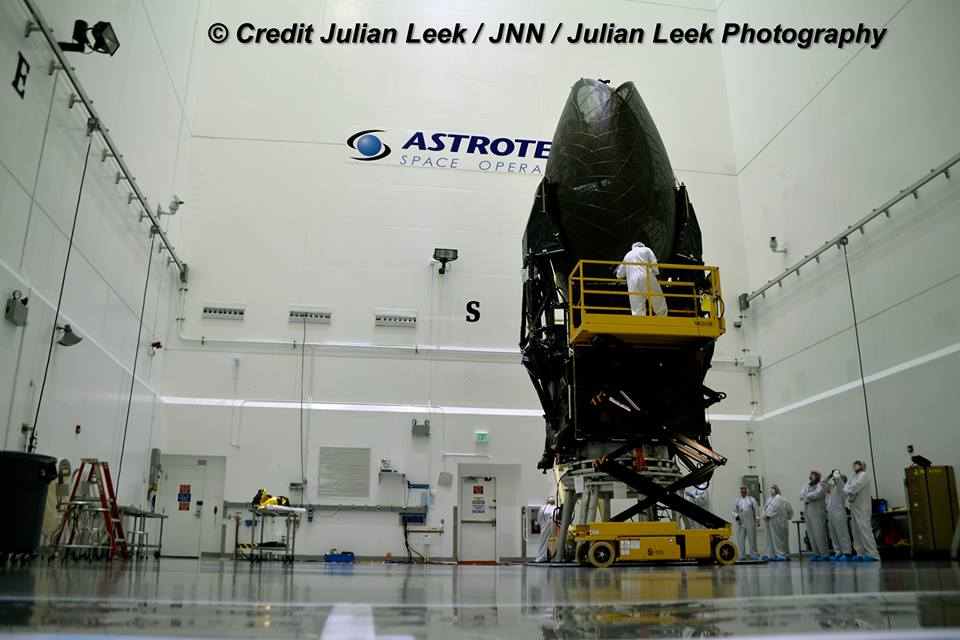
At this time, the TDRS-M website countdown clock is still ticking down towards a ULA Atlas V blastoff on August 3 at 9:02 a.m. EDT (1302 GMT) from Space Launch Complex 41 (SLC-41) on Cape Canaveral Air Force Station, for a late breakfast delight.
The Aug. 3 launch window spans 40 minutes from 9:02 to 9:42 a.m. EDT.
Whether or not the launch date will change depends on the results of the review of the spacecraft’s health by NASA and Boeing. Several other satellites are also competing for launch slots in August.
“The mission team is currently assessing flight acceptance and schedule. TDRS-M is planned to launch Aug. 3, 2017, on an United Launch Alliance (ULA) Atlas V rocket from Cape Canaveral Air Force Station in Florida,” NASA explained.
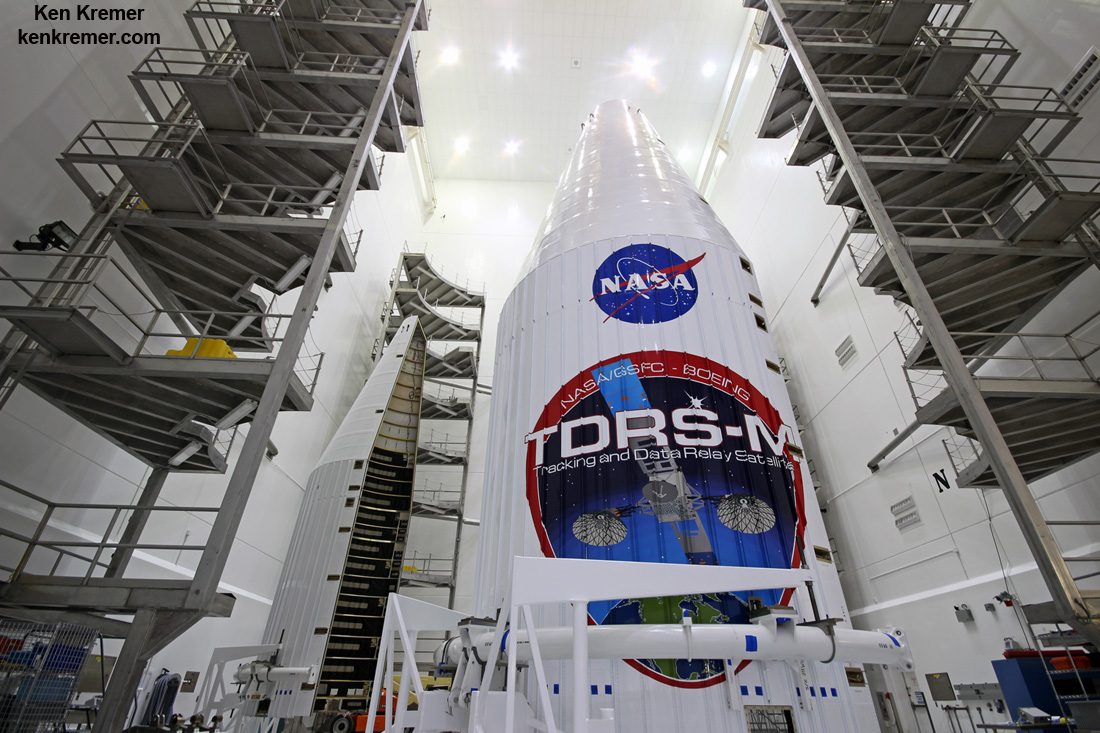
TDRS-M, spacecraft, which stands for Tracking and Data Relay Satellite – M is NASA’s new and advanced science data relay communications satellite that will transmit research measurements and analysis gathered by the astronaut crews and instruments flying abroad the International Space Station (ISS), Hubble Space Telescope and over 35 NASA Earth science missions including MMS, GPM, Aura, Aqua, Landsat, Jason 2 and 3 and more.
The TDRS constellation orbits 22,300 miles above Earth and provide near-constant communication links between the ground and the orbiting satellites.
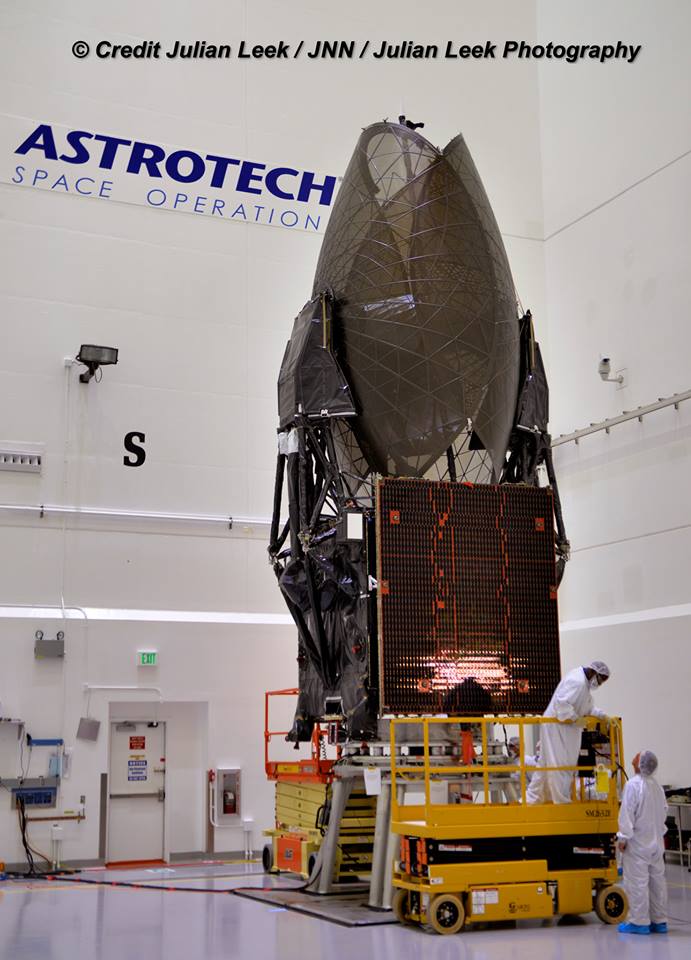
TRDS-M will have S-, Ku- and Ka-band capabilities. Ka has the capability to transmit as much as six-gigabytes of data per minute. That’s the equivalent of downloading almost 14,000 songs per minute says NASA.
The TDRS program is managed by NASA’s Goddard Space Flight Center in Greenbelt, Maryland.
TDRS-M is the third satellite in the third series of NASA’s American’s most powerful and most advanced Tracking and Data Relay Satellites. It is designed to last for a 15 year orbital lifetime.
The first TDRS satellite was deployed from the Space Shuttle Challenger in 1983 as TDRS-A.
TDRS-M was built by prime contractor Boeing in El Segundo, California and is the third of a three satellite series – comprising TDRS -K, L, and M. They are based on the Boeing 601 series satellite bus and will be keep the TDRS satellite system operational through the 2020s.
TDSR-K and TDRS-L were launched in 2013 and 2014.
The Tracking and Data Relay Satellite project is managed at NASA’s Goddard Space Flight Center.
TDRS-M was built as a follow on and replacement satellite necessary to maintain and expand NASA’s Space Network, according to a NASA description.
The gigantic satellite is about as long as two school buses and measures 21 meters in length by 13.1 meters wide.
It has a dry mass of 1800 kg (4000 lbs) and a fueled mass of 3,454 kilogram (7,615 lb) at launch.
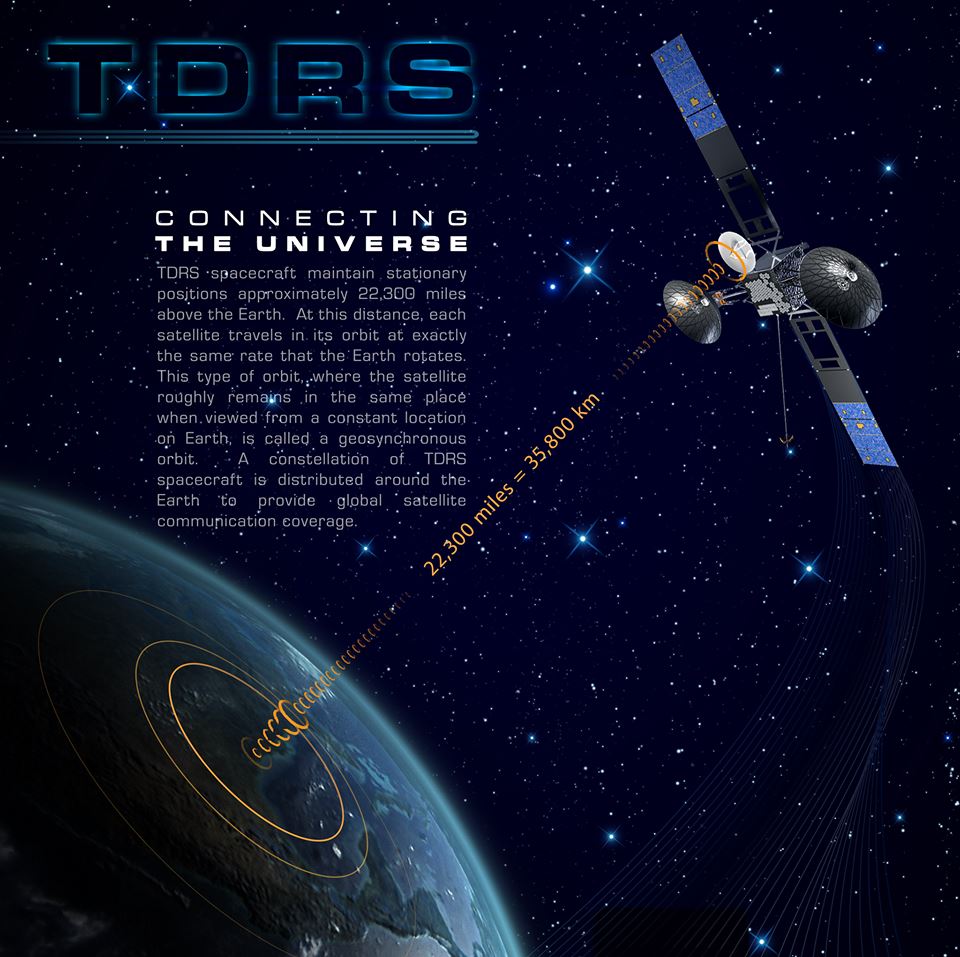
TDRS-M will blastoff on a ULA Atlas V in the baseline 401 configuration, with no augmentation of solid rocket boosters on the first stage. The payload fairing is 4 meters (13.1 feet) in diameter and the upper stage is powered by a single-engine Centaur.
TDRS-M will be launched to a Geostationary orbit some 22,300 miles (35,800 km) above Earth.
“The final orbital location for TDRS-M has not yet been determined,” Buchanen told me.
The Atlas V booster is being assembled inside the Vertical Integration Facility (VIF) at SLC-41 and will be rolled out to the launch pad the day before liftoff with the TDRS-M science relay comsat comfortably encapsulated inside the nose cone.
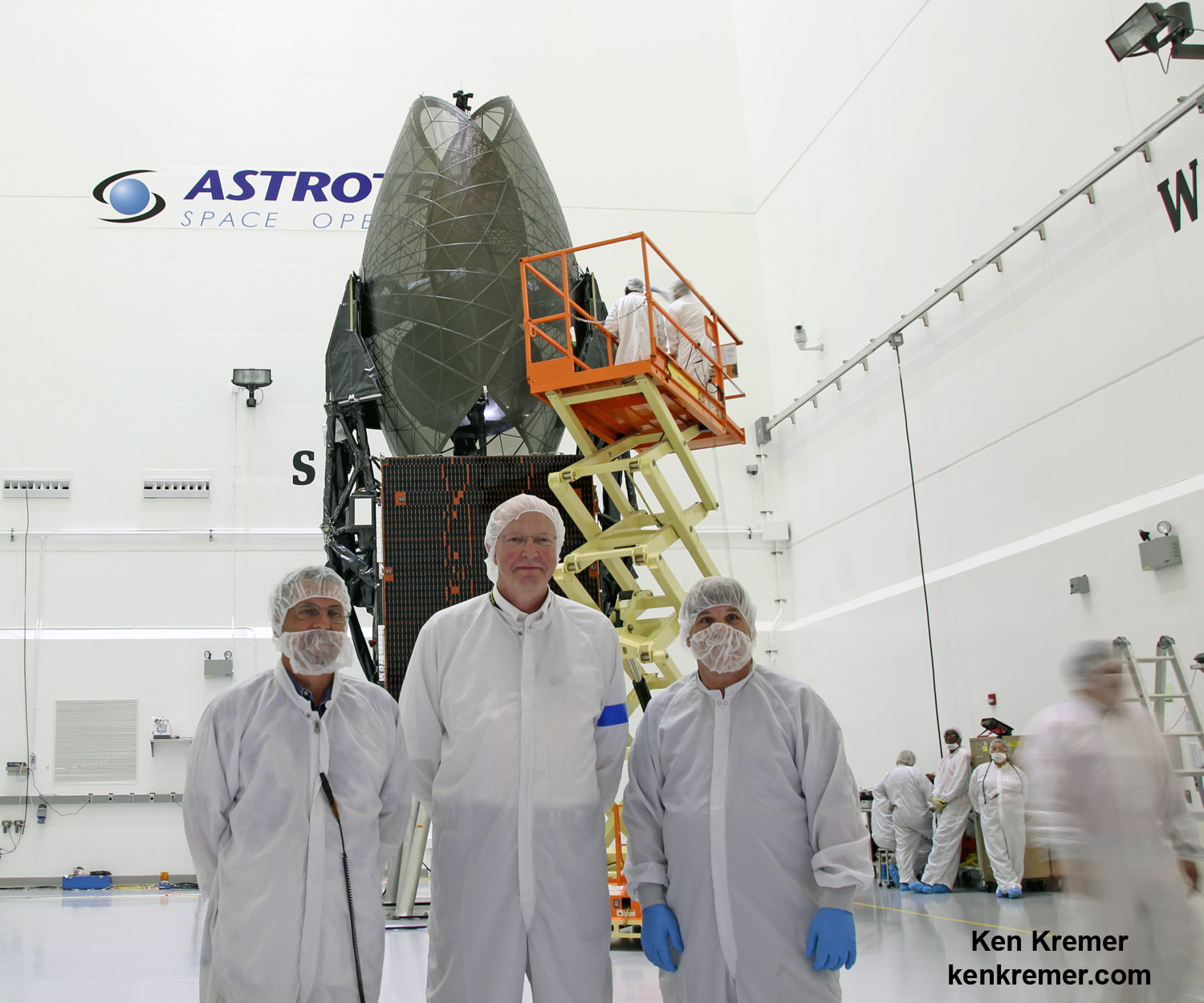
Carefully secured inside its shipping container, the TDRS-M satellite was transported on June 23 by a US Air Force cargo aircraft from Boeing’s El Segundo, California facility to Space Coast Regional Airport in Titusville, Florida, for preflight processing at Astrotech.
Watch for Ken’s onsite TDRS-M and space mission reports direct from the Kennedy Space Center and Cape Canaveral Air Force Station, Florida.
Stay tuned here for Ken’s continuing Earth and Planetary science and human spaceflight news.
